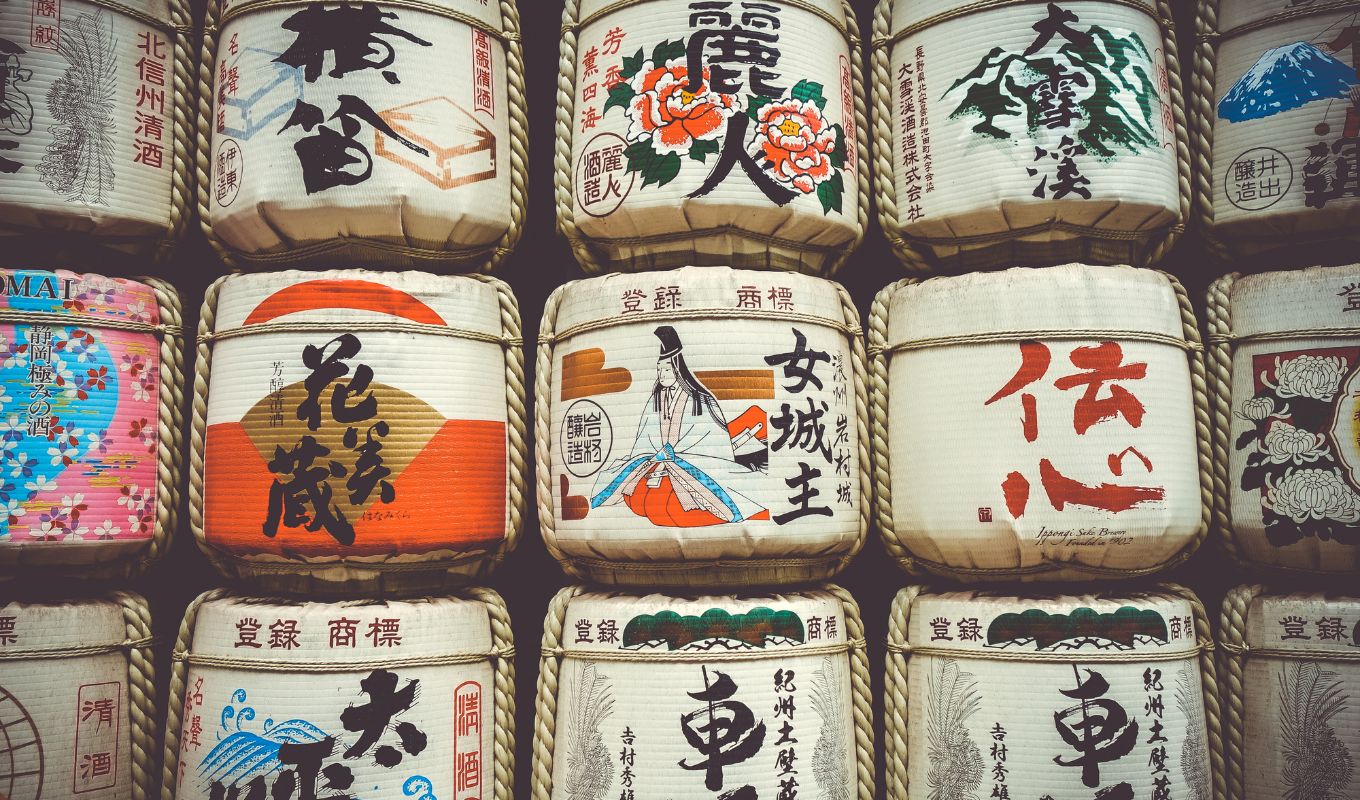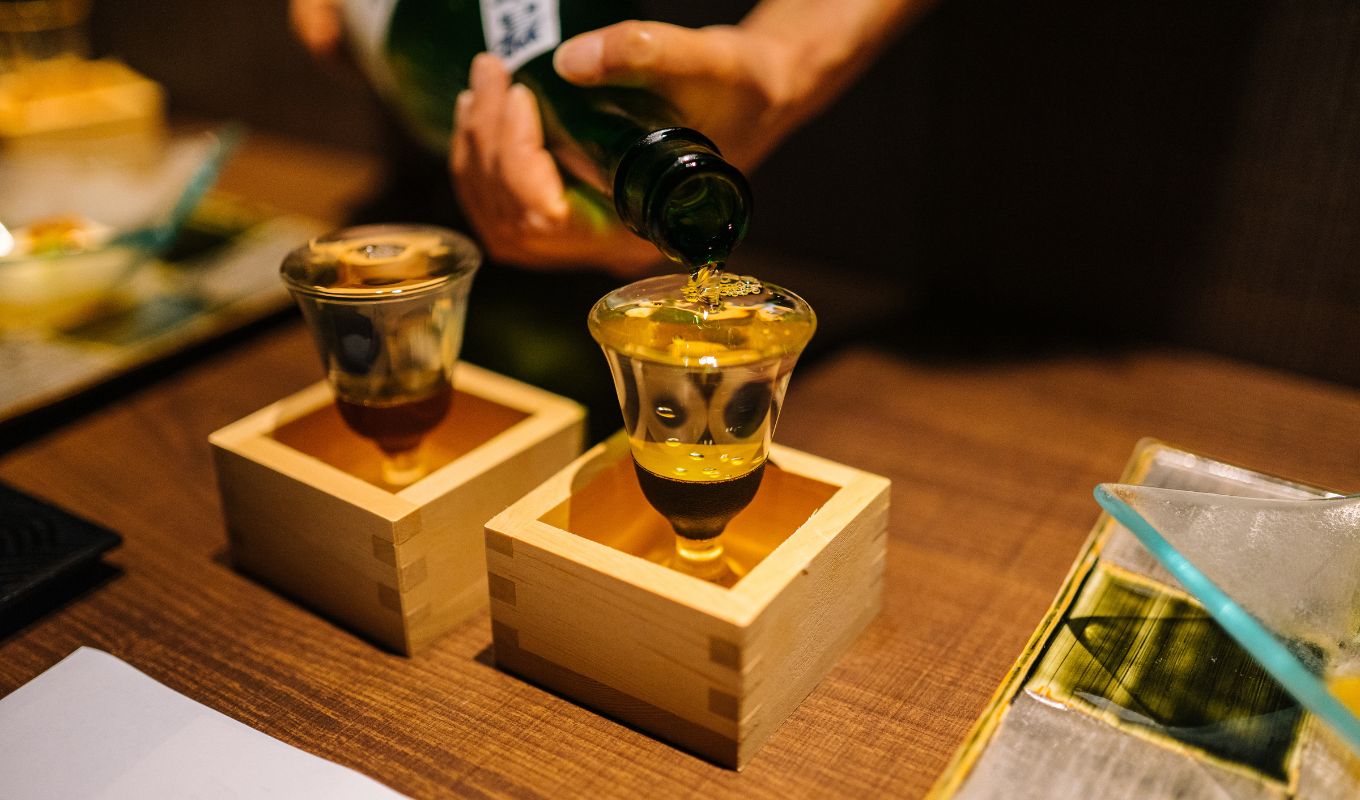Sake is an aspect of daily life for many in Japan and is often even revered in religious shrines and festivals.
How Do You Pronounce “Sake” In Japanese?
Japanese “Sake”, is roughly pronounced “Sah-kay” or also “Oh-sah-kay” (honorable Sake).
To Pronounce Sake with a slightly more true Japanese accent, take the SU sound from SUN and Join it with the KE sound from KEN.
SUN-KEN
What’s The Difference Between Sake And Hihonshu?

Sake is a type of alcoholic beverage made from rice. In Japan, the word actually refers to alcoholic beverages in general, including western alcohol such as beer and wine. In Japan, Sake is specifically referred to by the name “Nihonshu” (pronounced “nee-hone-shoo”).
How Is Sake Made?

Sake Is Made From Rice
While Sake is commonly referred to as “Rice wine” in western cultures, it is actually a very different process to produce Sake than that employed for making wine from grapes or other fruits.
The process of making Sake is actually much more similar to brewing beer than it is to wine production. This makes sense considering that the rice and barley used in both of their relevant brewing processes are grains.
Sake In Japanese Culture

In Japan, Sake is a very popular beverage and one can not easily express just how historically significant it has been in Japanese society and its culture. It has also historically been a very important aspect of Japanese politics and the government once relied rather heavily on Sake for its funding via a rather high rate of taxation at certain points.
The Religious Connection To Sake In Japan

Sake Barrels At Meiji Jingu Shrine
The “religious” background of Sake is intriguing as the drink has rather obvious relevance when visiting many shrines and other areas of similar importance. A large and colorful array of Sake containers is occasionally a decorative feature in many shrine areas.
Anyone witnessing a traditional Japanese festival known as a “Matsuri” knows how vitally important Sake is to shrines and their customs in Japan. These festivals often feature a group of men carrying a smaller golden shrine on two poles through the town with a final and climactically Sake-filled arrival at their local shrine grounds.

Nihonshu Displayed At A Shrine In Japan
It is a very celebratory and festive affair that must be attended if at all possible.
Japanese Shinto priests also perform a ritual using a special kind of Sake for a variety of common ceremonial occasions. Some such occasions may include Weddings, store openings, victorious sporting events, and also political victories.
It is essentially a ritual of celebration. It has a somewhat Dionysian history and is likely one of the only such styles of sacred celebration to have survived so purely to this day.
The first recorded historical account of Sake use in Japan is supposedly from a Chinese text which simply describes the Japanese drinking Sake and dancing.
Hopefully, you now understand even more about sake and Japanese culture in general. The Japanese people, like in most cultures, do love to celebrate whenever appropriate. Sake is a great way to join in the fun.